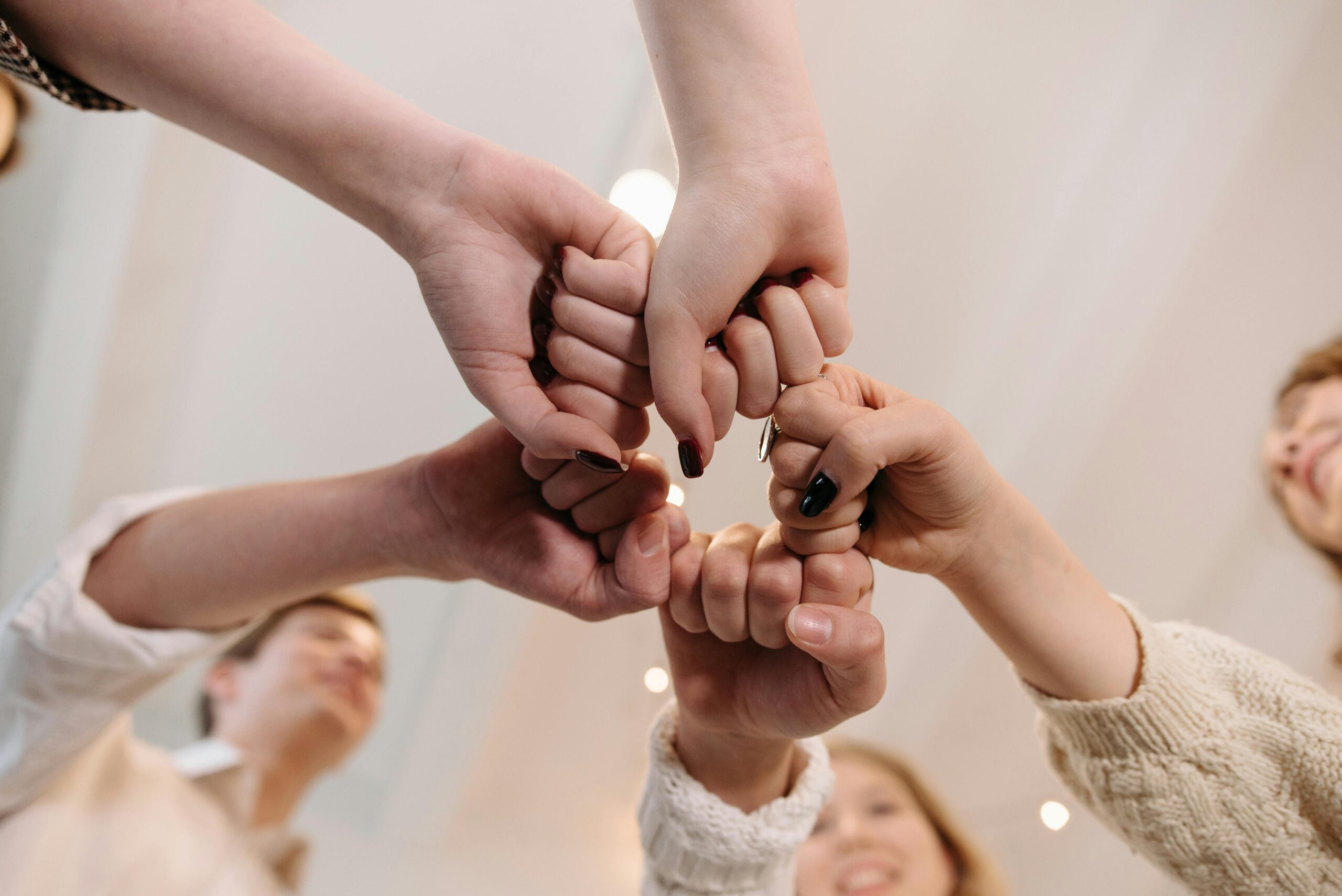How many immigrants and descendants of immigrants will there be in Denmark in 2060? This is a question that Dansk Folkeparti (DF) wants to set money aside from the budget to answer.
According to the minister of integration and immigration, Inger Støjberg, it will cost around 600,000 kroner for Danmarks Statistisk to conduct a census to get the answer, reports Information.
Relevant – or damaging?
Støjberg herself feels the exercise would be “both relevant from an academic viewpoint, as well as being desirable”. Enhedslisten, on the other hand, fears that such a census would damage the process of integration.
Martin Henriksen, DF’s integration spokesperson, explained: “If for one reason or another it is not possible to find the money in Inger Støjberg’s budget, then DF will take the matter up during the negotiations for next year’s budget bill.”
“I would also assume that as Inger Støjberg agrees with us, this can be started up quickly so that we can get the figures as soon as possible.”
Potentially stigmatised long into the future
Today, only the first two generations – immigrants and their children – are registered as having foreign origins. The next generation are usually counted as being people of Danish origin.
However, earlier in the year, a majority in Parliament were in favour of a prognosis being made that did not count these third-generation immigrants as Danes.
READ ALSO: Hard-hitting video lashes out at Parliament’s ‘Danishness’ declaration
This was the result of statistics that showed that third-generation immigrants from non-western countries were lagging just as far behind in school as their second-generation compatriots.
According to Danmarks Statistik, at the beginning of the year there were 20,187 third-generation immigrants in Denmark from a non-western background. Of that group, 99 percent are under 25 years old.
Moving the goal-posts
“I think that things have come to a pretty pass if not even the third generation [of immigrants] count as ‘real’ Danes,” said Johanne Schmidt-Nielsen, the immigration spokesperson for Enhedslisten.
“The goal-posts are being moved all the time. I don’t think anything good will come of it – especially not if we want better integration.”
Henriksen disagrees. “As long as we have the problems with integration that we have, it is important to calculate the numbers,” he said.
The last time that Danmarks Statistik carried out a census of the children of immigrants was in 2009. It estimated that the number would grow from 8,000 at that time to 121,000 by the year 2050.













